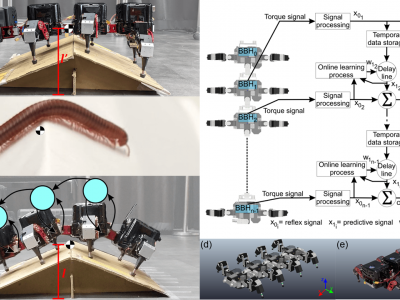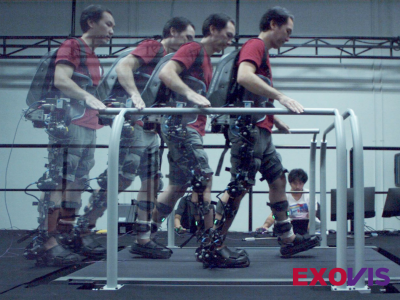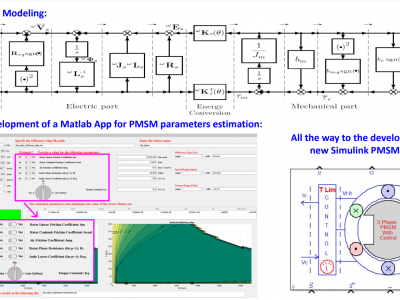Artificial Intelligence
Recently, a limited number of datasets that exist are used to detect errors in the printing process of the 3D printer. Limited datasets lead most researchers to dive into sensor data fault classification.
The dataset is captured and labelled before being fed to the DL model. The image dataset is captured in a time-lapse video mode with a 15-second duration for each printing process. Next, the time-lapse is used to extract around 50 images per video. In total, 2297 images containing four classes are collected.
- Categories:
 1867 Views
1867 Views
Retinal Fundus Multi-disease Image Dataset (RFMiD 2.0) is an auxiliary dataset to our previously published dataset. RFMiD 2.0 is a more challenging dataset to research society to develop the computer-based disease diagnosis system. Diabetic Retinopathy, cataracts, and refractive error in the eye are leading disease which causes permanent vision loss more frequently. Therefore, developing an AI-based model to classify these diseases is useful for ophthalmologists. This dataset consists of 860 images of frequently and rarely observed 51 diseases.
- Categories:
 3867 Views
3867 ViewsTypically, control strategies for legged robots have been developed to adapt their leg movements to deal with complex terrain. When the legs are extended in search of ground contact to support the robot body, this can result in the center of gravity (CoG) being raised higher from the ground and can lead to unstable locomotion if it deviates from the support polygon. An alternative approach is body adaptation, inspired by millipede/centipede locomotion behavior, which can result in low ground clearance and stable locomotion.
- Categories:
 209 Views
209 ViewsPersonal assistive devices for rehabilitation will be in increasing demand during the coming decades due to demographic change, i.e., an aging society. Among the elderly population, difficulty in walking is the most common problem. Even though there are commercially available lower limb exoskeleton systems, the coordination between user and device still needs to be improved to achieve versatile personalized gait. To tackle this issue, an advanced EXOskeleton framework for Versatile personalized gaIt generation with a Seamless user-exo interface (called "EXOVIS") is proposed in this study.
- Categories:
 405 Views
405 Views
This dataset, collected from a group of students, contains 505 pages of 10 specific words: a, b, c, d, true, false, correct, incorrect, yes and no; each page in the dataset has 10 rows; each row contains 5 words written by the students. The dataset could help analyze the accuracy and consistency of handwriting for these specific words and in developing and test handwriting recognition systems for these fixed labels. The dataset could be a valuable resource for researchers in the field of education.
- Categories:
 86 Views
86 Views"Early Stage Diabetes Risk Prediction Dataset" from the University of California, Irvine (UCI) machine learning Repository. This data was collected from a direct questionnaire of patients from the Diabetes Hospital in Sylhet, Bangladesh. It contains a total of 520 people with diabetes. Related symptoms are in the reference, of which 320 people have diabetes, and 200 do not.
- Categories:
 887 Views
887 Views
This is a data set for Radio Frequency fingerprinting, which is a kind of identification of wireless devices based on their intrinsic physical features. The data set is composed by GSM bursts collected from 12 GSM mobile phones while transmitting. The samples have been collected using a Software Defined Radio with a sample rate at 20 MS/s. The content information has been removed from the bursts to remove the risk of bias due to content. The data set is in MATLAB format.
- Categories:
 979 Views
979 ViewsA reliable and extensive set of public WiFi fingerprinting radio map databases for researchers to implement, evaluate and compare Wi-Fi RSSI indoor localization schemes, the radio map database contains RSSI information from more than 400 APs collected during the conducted experiment on different days with the support of lab mates and volunteers.
- Categories:
 1320 Views
1320 ViewsThis dataset containg 1900+ images divided into fresh oranges and rotten oranges. In an orange packing factory, a video was recorded, by placing the camera parallel and above the oranges conveyor. The video was captured for 10 minutes with a quality of Ultra High Definition (4K) with 60 frames per second and a High Dynamic Range feature. The video was changed from High Dynamic Range to Standard Dynamic Range by the use of Splice - Video Editor & Maker software. The video is inserted to developed algorithm operating video processing on it and creating the frames.
- Categories:
 84 Views
84 Views




